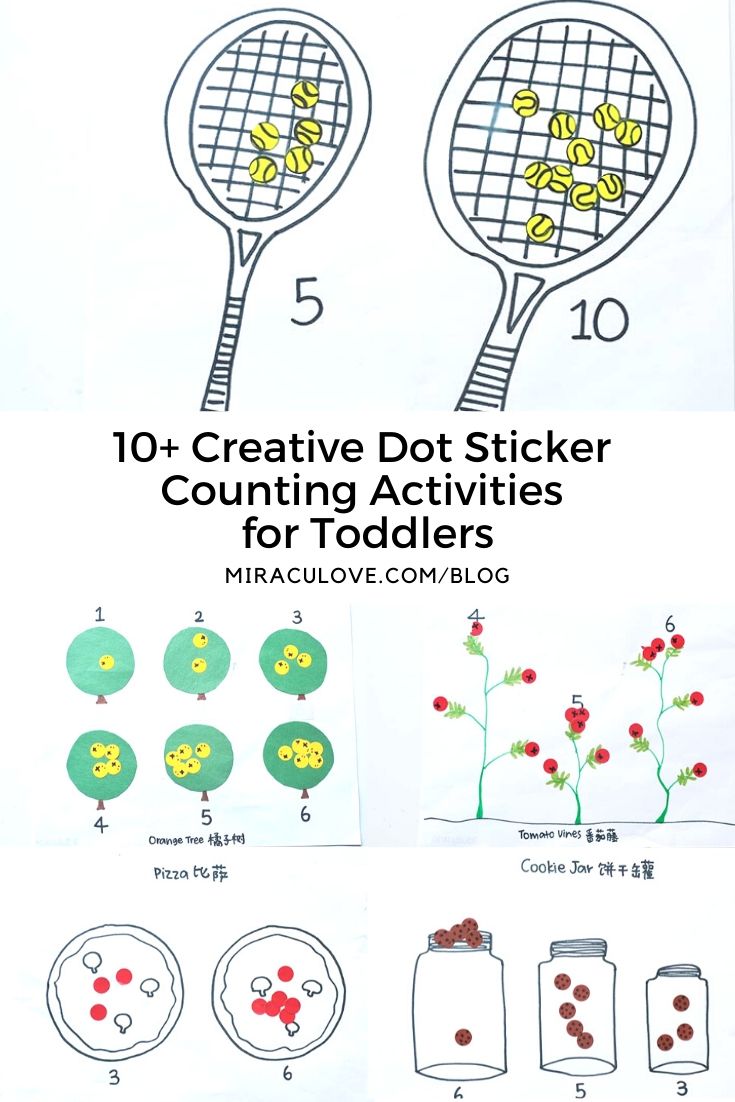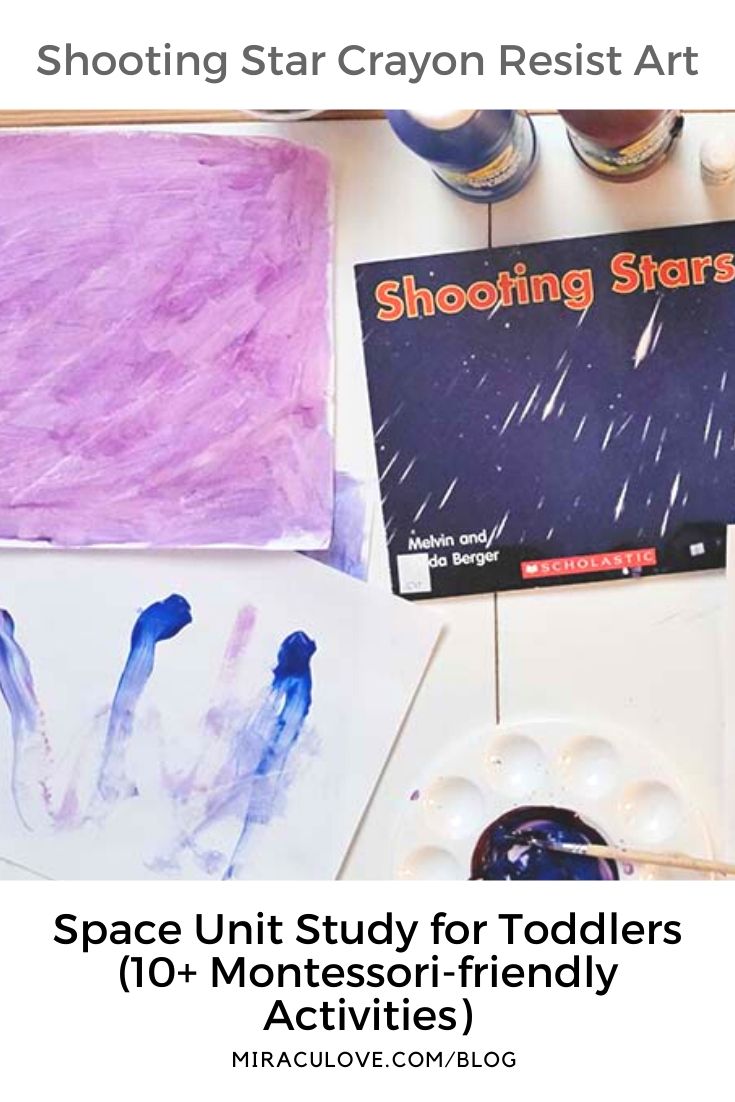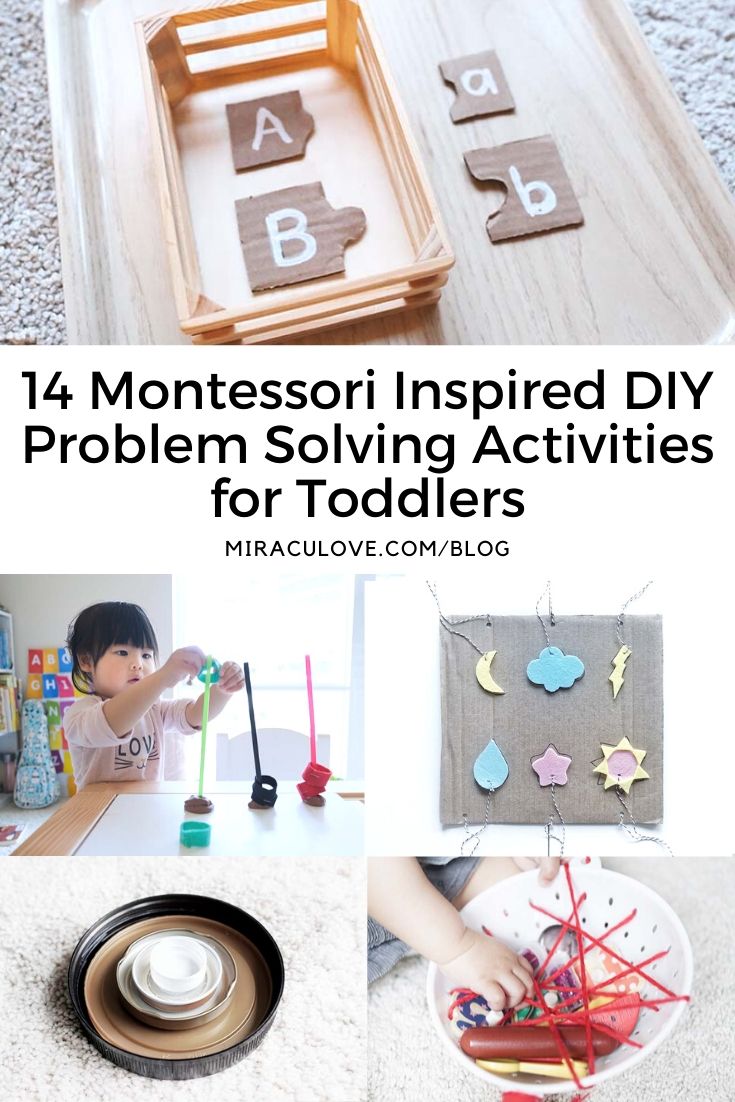These are some common questions I've been asked as a homeschooler*, since I shared my homeschooling decision with family, friends and acquaintances.
(Answers also shared below)
🧑🏻: "What does your daughter do at home?"
Me: "Free play with learning activities."
👨🏻: "Why not send her to school?"
Me: "Homeschooling is the best option for my family."
👩🏻: "If she just plays all day at home, aren't you worried she would be behind in academics?"
Me: "No, play prepares her for school AND life."
*During pre-pandemic times. With the pandemic, people generally assume I keep my daughter home for safety reasons and question less.
Depending on which part of the world you're in, play-based homeschooling during early childhood might be a path less taken. It might be seen as novel and trendy.
In academic-driven countries, people tend to visualise early childhood education as children in a formal, teacher-directed classroom setting. There is usually a structure and routine with academic benchmarks to meet (e.g. children might be expected to learn the alphabet or count to 10 by a certain age). In contrast, play-based homeschooling might look unstructured, lacking in a schedule. But that is actually an advantage of play-based homeschooling. Because homeschooling isn't tightly scheduled and goes at the child's pace, there is a great deal of time and opportunity for play.
Personally, I can't be happier with the choice of schooling I have selected for my daughter's early childhood. I count myself fortunate to be able to homeschool.
This conviction stems from the fact that I honestly, completely, wholeheartedly believe in the power of play. I hope you feel the same way about play after reading this post.
Play-based Homeschool Strategies to Prepare My Child for School & Life
Importance of Play
Play is the vehicle through which children's development and learning naturally take place.
Through freely chosen, spontaneous and unstructured play, children use their senses to interact with their environment. They make connections and discoveries, build, create, imagine, and experiment.
Through child-initiated play, children become agents of their own learning to understand and test theories about the real world.
How Play Looks Like in Our Homeschool Environment
Play is a powerful tool that develops children holistically.
These are the 2 forms of play I intentionally introduce in our homeschool environment, in line with a Montessori and Reggio-inspired style which value child-led and open-ended activities:
1. Free Play
What is free play? Free play is voluntary, intrinsically motivated and open-ended. Children set their own goals and determine their own end-point during play.
Free play values the process over product. Children learn risk-taking and from mistakes when they apply a trial and error approach to learning.
Free play promotes developmental learning, which is crucial during the fundamental years of a child's life. It grows children into independent, confident and focused individuals.
2. Play-based Academic Learning Activities
What are play-based academic learning activities? Play-based academic learning comes in the form of development-appropriate, adult-led activities with clear learning goals. I usually introduce these activities in a child-led manner, following the interest of my daughter (e.g. when she reads a book about space and becomes interested in/attuned to anything space-related, I would create a space unit study to extend that interest).
Play-based activities appeal to children because of their fun and hands-on elements. Beside that, the use of senses during these visual and tactile activities help children better digest, absorb and retain rigorous content.
Make no mistake though. Play-based academic learning activities are collaborative and mutually-directed (i.e. children don't still and quiet at desks completing worksheets or listen to an adult talk majority of the time).
These 2 play forms are different, the former child-directed and open-ended, the latter intentional in knowledge exposure. Both are important. Free play provides developmental learning while play-based activities provide academic learning that enable later scholastic achievement.
I use a combination of both play forms to support my daughter's early education, providing for as many hours of authentic and delightful play as there can be in a day, as well as nurture a love for literacy, numeracy, science and real-world knowledge.
How Does Play Support Academic Preparedness?
- Soft Skill Development
Play that is voluntary and child-directed develop children's ability to question and seek out answers on their own. As a result, children learn to take ownership of their own learning.
They also develop leadership skills when empowered to make decisions during play. There are countless of decisions that need to be made while children are at play (e.g. Should I stack the blocks? Should I color-sort? Should I create a pattern? Can I knock it over?")
This self-driven approach to learning and leadership skills enable children to adapt and succeed in the rapidly evolving 21st century.
- Intellectual Development
Play builds and reinforces content knowledge as well as promotes creative thinking.
When children build with blocks, they count, sort, create, learn about spatial relationships between objects, examine patterns and symmetry. When children engage in dramatic play, they practise communication, narration, synthesis, rich vocabulary and writing.
Play grows children intellectually, in mathematical, literacy, communication and cognitive skills.
- Build Neural Pathways in the Brain
During play, children test limits, make discoveries, figure out how to socialise, solve problems etc. These play experiences are crucial for building neural pathways in the brain. A child’s adult capacities relies heavily on neural foundations developed through early learning experiences.
Early childhood is a sensitive plane of development when the brain is uniquely primed to absorb certain kinds of information, while other forms of information could be acquired at other developmental ages extending into adulthood.
There is scientific evidence that brain synapses that are used are retained while those not used are eliminated, alternatively termed “use it or lose it” in the first few years of life. While synapse elimination is a normal part of brain development, rich play opportunities and experiences support enhanced wiring and learning capacity at a time when development is most plastic and responsive to stimulation.
Play is therefore extremely critical for brain development during early childhood.
Does Research Support Play-based Learning for Academic Development?
Yes, recent research supports play-based learning for academic development.
Quoting Child Encyclopedia, a study has shown that children following a play-based literacy curriculum (that was centred around mutually-directed play where educators incorporated target vocabulary words into play contexts) were observed to utilize those newly taught words more frequently than children taught using direct instruction.
Examples of Play-based Academic Learning Activities
- Literacy (Sensory Activities)
In addition to pointing out letters we encounter in our everyday life (books, lift notices, road signages, envelopes etc), I engaged my daughter in hands-on, multi-sensory activities to support her in alphabet letter learning.
Sensory inputs from the activities help children's brains create stronger connections to the information and enhance memory retention.

- Math (Dot Sticker Counting Activity)
Rote counting (memorisation and recital of numbers in sequence) is given practical meaning when children extend this knowledge of numbers to one-to-one correspondence (assigning a final number based on quantity of objects).
This dot sticker activity provides a context/scene and purpose for children to count and assign numbers to objects, allowing them to make the connection between abstract/theoretical math knowledge with real-world usage.
The contexts I created include counting tennis balls that come into contact with rackets, oranges on a tree, tomatoes on a vine, pepperoni toppings on a pizza and cookies in a jar, all relatable and a part of everyday life for children.

-Science (Example: Space Unit Study)
I love unit studies as they offer in-depth, repetitive and continuous exposure to a subject matter, instead of touch-and-go or one-off activities.
Here's an example of a unit study we've done on Space.
Space is a vast, complex and abstract concept for children as it is far beyond our reach and can be hard to visualise. Activities need to be hands-on, language-rich and encourage tactile exploration to reinforce my toddler's book learning about the planets, the solar system and the universe.

- Real-world Learning (Sensory Activities)
These sensory activities stimulate, develop and refine the five senses -- visual (sight), tactile (touch), auditory (hearing), olfactory (smell), and gustatory (taste) senses -- and in doing so, provide children with myriad learning opportunities.
Children are particularly receptive to sensory play from ages 2 to 6, which underscores the importance of providing children within this age group varied and extensive sensorial experiences.

- Real-world Learning (Problem-solving Activities)
These activities are intentional in challenging and pushing children out of their comfort zones to experiment, discover, learn self-correction and work out problems independently.

Is There A Right Ratio to Free Play & Play-based Academic Learning Activities?
Frankly, I don't have the answer and current research hasn't yielded a definitive answer.
I don't believe there is a magic ratio. Every child's personality, development and interest vary so I encourage you to find a balanced mix of learning that benefits your child, in his/her sensitive periods.
My best advice?
Observe and follow your child's cues.
Provide time, environment and opportunity for both types of play.
Be supportive and positive about play.
I hope this post is useful in shaping your play-based homeschooling strategies to promote your child's developmental and academic learning!
References
Here are the references and data that enriched my knowledge and shaped my perspective:
- Play-based learning by Angela Pyle, PhD, OISE, University of Toronto, Canada on Encyclopedia of Early Childhood
- Play-based learning can set your child up for success at school and beyond published in The Conversation
- Play-based kindergarten Makes a Comeback published in the Hechinger Report
- From Neurons to Neighborhoods: The Science of Early Childhood Development. on NCBI
- Full –Day Kindergarten Play-Based Learning: Promoting a Common Understanding
- Summertime, Playtime by Harvard Graduate School of Education (GSE)

Disclaimer: I'm not an expert or an academic. The views I present here are that of a regular mom who researches extensively about play-based learning. I welcome constructive inputs to improve the quality and accuracy of the content in this post. Thank you.
